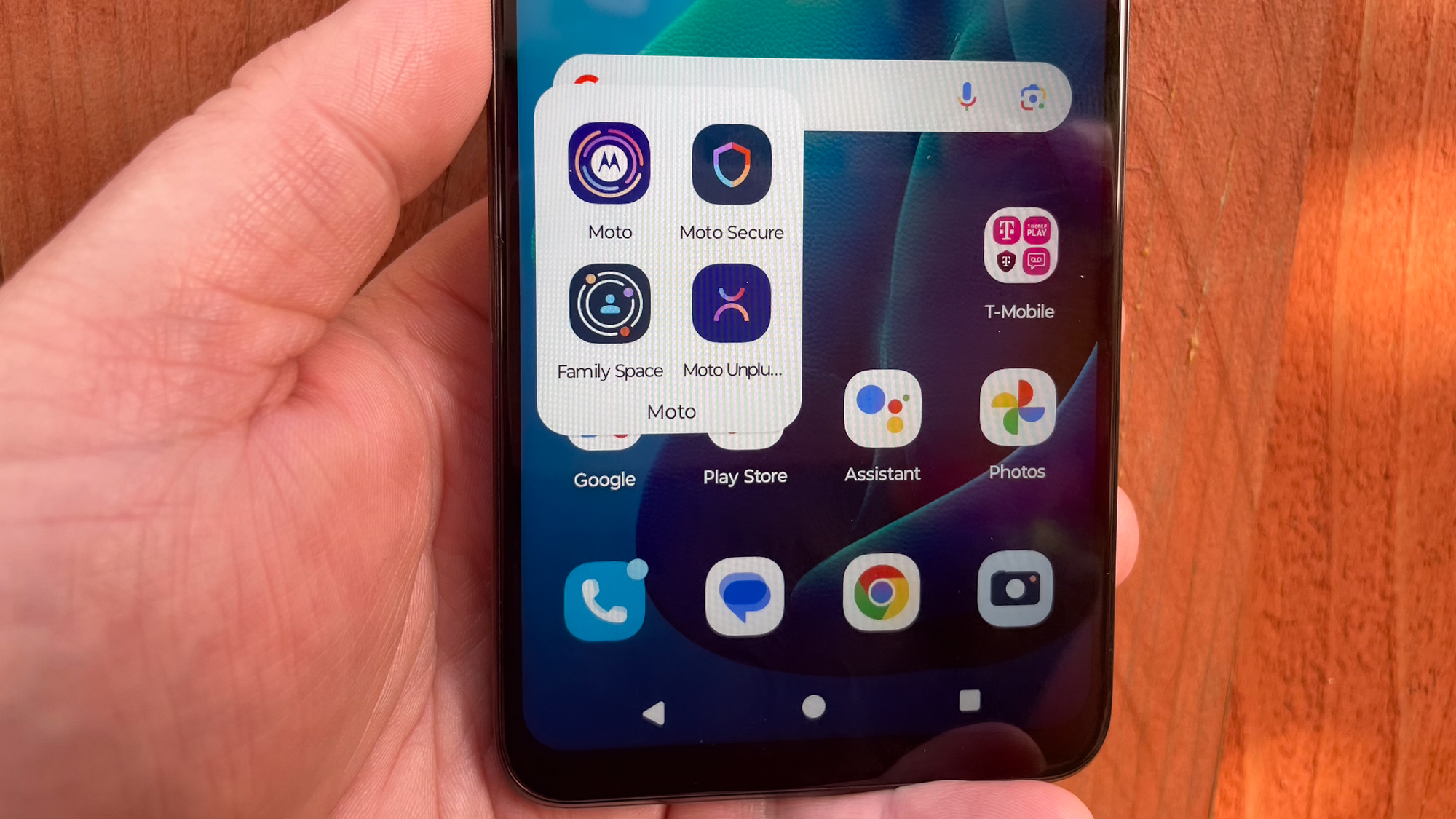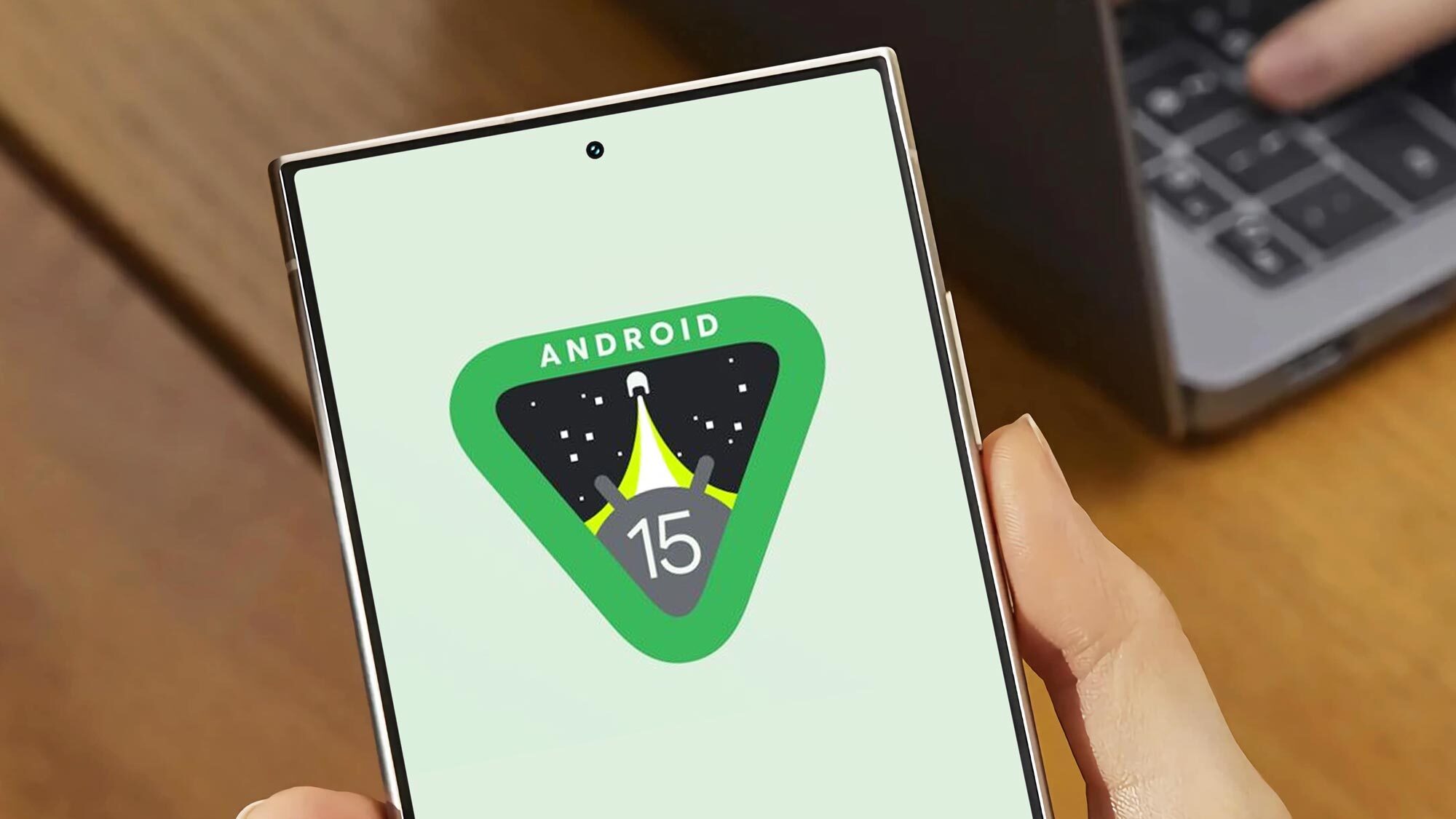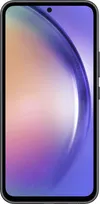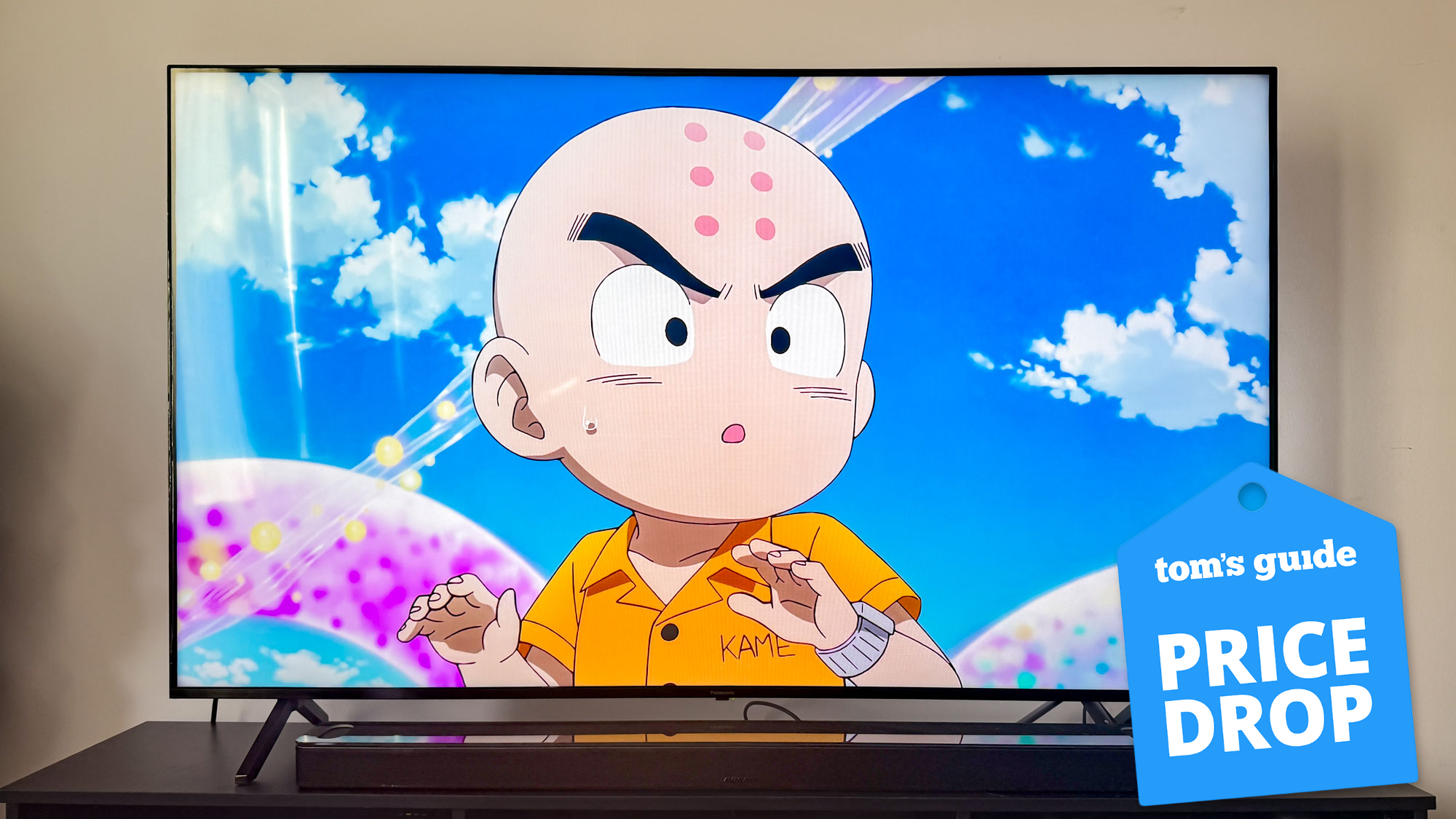Budget phones need to stop skimping on this one key feaature
You shouldn't have to choose between a low price and limited shelf life when you buy a phone

I've been spending some time with Motorola's new budget phone lately as part of my Moto G 5G (2024) review. It's a decent phone, with its sub-$200 price tag serving as its standout feature. The price is especially impressive given how long the Moto G 5G lasts on a charge and the thought Motorola put into the vegan leather material covering the phone's back. In other words, you're getting more than the typical budget phone has to offer.
But does that make the Moto G 5G a good value? That proved to be a trickier question for me to answer, and not because the handset is a little underpowered or because its camera is better suited for Instagram snaps than photos you hold onto as keepsakes. Those are the sorts of things that come with the territory for phones in this price range.
Rather, what had me thinking about long and hard about whether to recommend the Moto G 5G was Motorola's software support for its bargain phone. Like a lot of phones in this price range, the Moto 5G is guaranteed just one Android OS update — that'd be the Android 15 update already in public beta — along with three years of security support. To call that miserly is unfair to misers, many of whom are just practicing responsible fiscal restraint in an uncertain economy.
Ultimately, the Moto G 5G (2024) got the thumbs up from me. Its assorted strengths make it one of the best cheap phones under $300, and as off-putting as its upgrade policy is, it's not uncommon among low-cost Android phones. And therein lies the problem with many budget handsets.
The software support dilemma

It's one thing to seek out value in the form of a low upfront price on a phone. But if that phone will only be a viable device for a few years, then are you really saving money?
Let's stick with the Moto G 5G (2024) since it's at the top of my mind at the moment. Since security updates are so vital — you wouldn't want to be using a device with an unpatched vulnerability and no hope of getting a fix — the longest you could realistically expect to use your new phone would be three years. So when 2027 rolls around, you're going to be back in the market for a new phone, which will set you back another couple hundred dollars.
Contrast that with the Samsung Galaxy A35, another phone that recently hit the market. At $399, it's twice the cost of the Moto G 5G, though I'm willing to bet that it offers more dependable performance and better pictures. (That's a guess, to be fair, as we haven't had a chance to fully review the Galaxy A35 yet.) But an even more noteworthy difference between the two devices is Samsung's support policy for its midrange model.
Get instant access to breaking news, the hottest reviews, great deals and helpful tips.
The Galaxy A35 can count on receiving four Android updates, with another year of security support. While that's not as extensive as the seven years Samsung provides its Galaxy S24 flagships, it's still enough to guarantee that your A35 could last until 2029 — two years more than it's sensible to keep using the Moto G 5G.
In other words, you may spend less in the short-term for the Motorola phone under this scenario. But you're going to need to upgrade from that device long before the Galaxy A35 starts showing its age — at least in theory.
Cheap phone outlook
This isn't a perfect comparison by any means. Batteries can wear down over time, and processors can begin to show their age, meaning you may want to switch phones long before software and security support runs out. Also, for some shoppers, it's not a question of whether to buy a $200 phone or splash out for the $400 model — they're looking at the cheaper device because that's what their budget allows. In that case, how much software support is available is really immaterial.
Still, I don't think it should be. Phone makers have done an admirable job packing in good to good-enough features into their cheaper devices. The Moto G 5G (2024), with its battery life and design, is proof of that. It would be a great gesture if those same phone makers started including a phone's longevity as one of those features they made sure to address. And it would certainly reflect the reality of how people use their smartphones these days — even if those phones are budget devices.
More from Tom's Guide
- Last-minute Pixel 8a rumors have me excited about Google’s upcoming phone
- Nothing Phone 2a is everything I want in a budget phone — except for one drawback
- Best cell phone deals right now
Philip Michaels is a Managing Editor at Tom's Guide. He's been covering personal technology since 1999 and was in the building when Steve Jobs showed off the iPhone for the first time. He's been evaluating smartphones since that first iPhone debuted in 2007, and he's been following phone carriers and smartphone plans since 2015. He has strong opinions about Apple, the Oakland Athletics, old movies and proper butchery techniques. Follow him at @PhilipMichaels.










